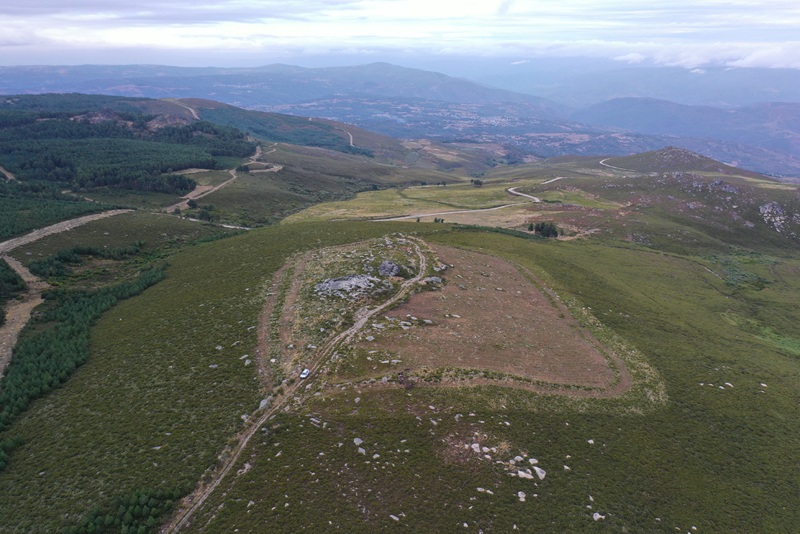13
MAR
12:00
The Romanarmy.eu initiative: a decade of archaeological research and methodological testing in the northern Iberian Peninsula
March 13, 2024 at 12:00 to March 13, 2024 at 13:30
Atrij ZRC, Novi trg 2, Ljubljana
Organizer: Institute of Archaeology, Podiplomska šola ZRC SAZU
Traditionally, the archaeological study of the Roman military presence in Iberia focused on a handful of permanent installations dating from imperial times. In the late 1990s, the discovery of several Roman camps in the Cantabrian area using methodological approaches alien to those from Classical Archaeology shook the Spanish scene and set the foundations for characterising these ephemeral sites. The gradual open access to various geospatial datasets (historical aerial photography, satellite imagery and LiDAR), the extension in the use of geographic information systems and the increasing popularisation of unmanned aerial vehicles (UAVs, RPAS) allowed the articulation of effective remote sensing methodologies in archaeology that eventually resulted in the discovery of numerous Roman field fortifications in the diverse northern Iberian landscapes. This reliable data allows us now to re-evaluate our approaches to the expansion of the Roman state in the region.
The Romanarmy.eu collective has been at the forefront of this methodological and conceptual shift. During the first phase, our efforts were devoted to detecting archaeological sites related to the Roman army in areas previously little explored by historiography, emphasising experimentation and technical innovation to obtain the best results in different contexts. The accumulation of evidence —more than a hundred sites in barely a decade— allowed us to characterise Roman field fortifications better, study their different settlement patterns and explore other —a priori— less recognisable archaeological realities. In the second stage, we delved into several case studies to analyse the materiality associated with these ephemeral occupation contexts. New approaches were added to the metal detecting-oriented surveys and excavation of test trenches, such as geophysical surveying —using both gradiometer and GPR— or a double absolute dating strategy —14C and OSL—. That allowed us to add layers of information in archaeological sites particularly subject to different erosive processes of natural or anthropogenic origins.

O Penedo dos Lobos (Ourense, Spain). A Roman camp located at an altitude of ca. 1500 m a.s.l. and dating back to the 20's BC
Finally, a large part of the collective's actions have been aimed at disseminating the results obtained and promoting open science models to raise awareness of the fragility of these sites, highlighting their relevance for the historical knowledge of the study areas and promoting policies for their future conservation.
The lecture will be held in English
Brief CV
José M. Costa-García is an Associate Professor of Archaeology at the University of Salamanca. BA in History (2006) and PhD in Archaeology (2013) from the University of Santiago de Compostela. Former visiting research fellow at Vrije Universiteit Amsterdam (The Netherlands, 2016-2017) and Newcastle University (UK, 2017-2018).
His research focuses on the transformations of archaeological landscapes in the transition between the Late Iron Age and the Roman period in NW Iberia and on Conflict Archaeology from a post-colonial and long-term perspective. He follows the principles of Landscape Archaeology, making extensive use of remote sensing techniques (aerial and satellite photography, LiDAR, UAV-derived photogrammetry, geophysics, metal-detector oriented surveys) and Geographic Information Systems (GIS) for the combined collection, management and analysis of archaeological data.
He is a founding member of the Romanarmy.eu research collective and previously was part of the USC research team at the Roman fort of A Cidadela (Sobrado dos Monxes, A Coruña) (2008-16). Recently, he has coordinated or been an active member of the multidisciplinary archaeological teams studying different Roman military sites in Galicia, Asturias, Castilla y León or Northern Portugal.